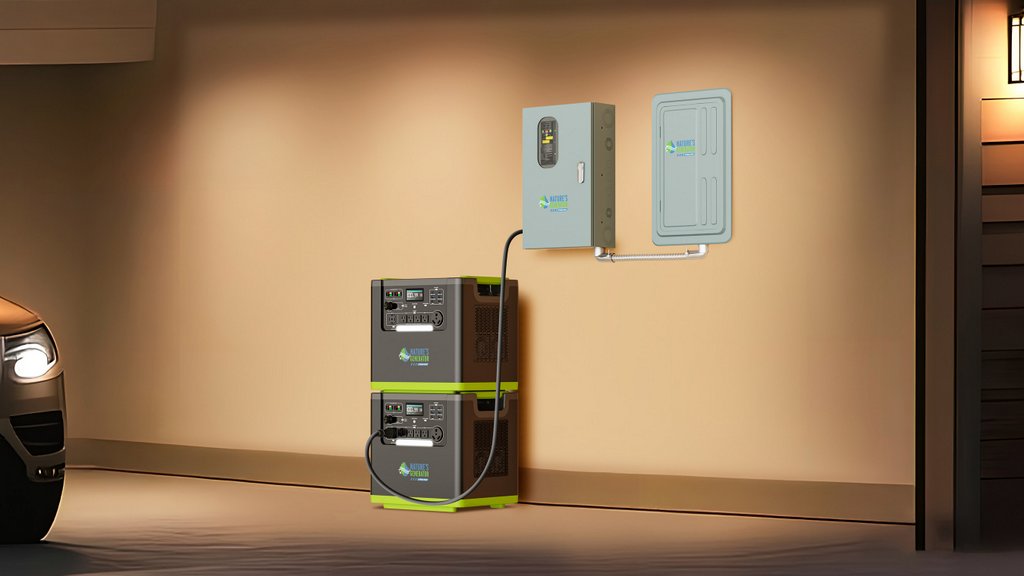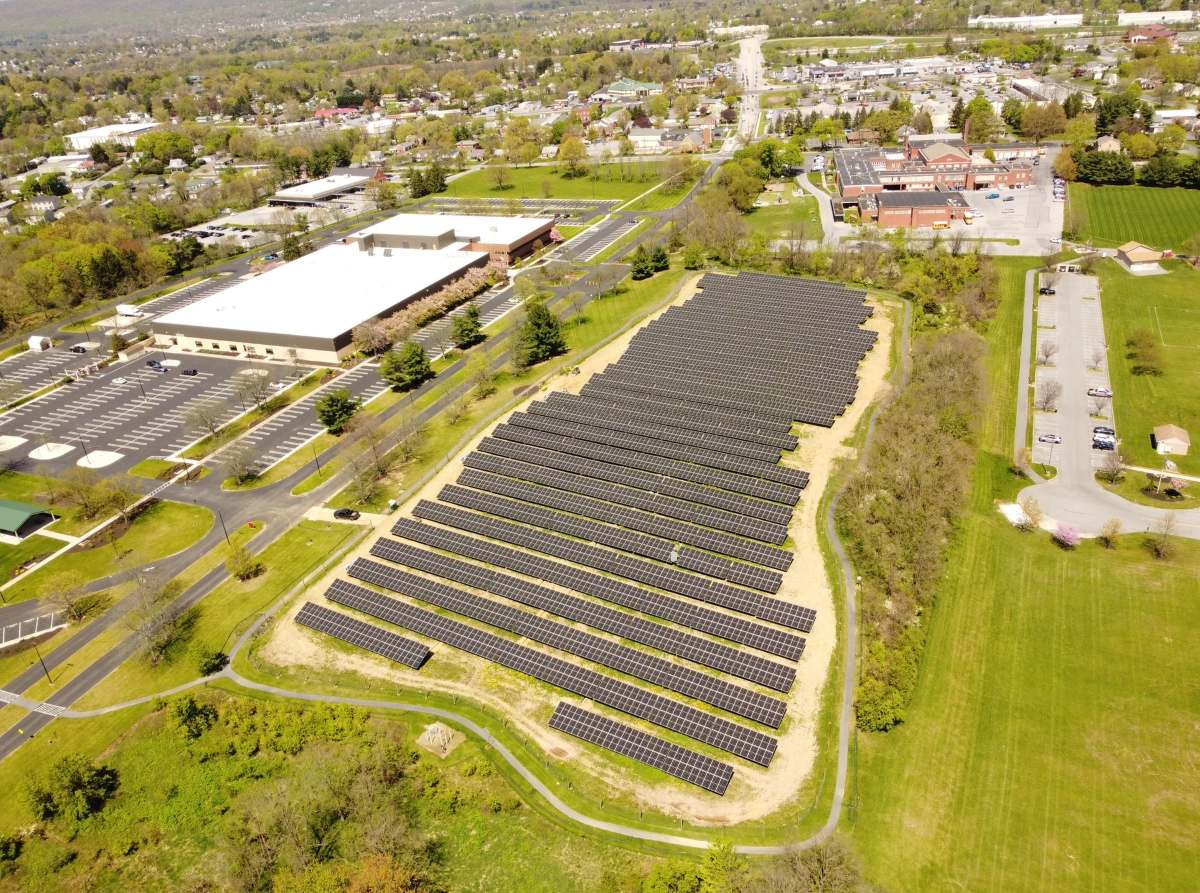Strength in numbers: How solar installers can build business through third-party programs
“According to market research, 50 percent of all home improvement projects over $5,000 are financed in some way. Despite this, many homeowners don’t know about financing options,” says John Harris, EVP, sales and marketing with EnerBank, which has funded almost 1 million home improvement projects. “We’ve learned firsthand that contractors who promote a choice of payment options typically see a 50 percent increase in their leads and close rate —resulting in a 50 percent overall business growth rate.”
And thanks to that mature solar market and the abundance of quality systems and designs, there are more financial products available than ever before. Some examples:
Spruce Finance allows solar contractors to choose one of two different solar loan product structures, both with an 18-month introductory period. The first requires interest payments during the introductory period; the second requires only 70 percent of principal plus interest to be repaid during the introductory period. An automatic re-amortization at the end of month 18 creates an opportunity to reduce scheduled payments for the rest of the term of the loan if a homeowner does make any optional prepayments during the 18-month introductory period. Spruce also offers a variety of loan terms to allow a solar contractor to respond to different homeowner needs.
“Our solar loan offering is structured specifically to address residential solar customers, unlike other traditional consumer loan or credit card products,” says Joe Steenbergen, VP of sales and account management for Spruce. “The goal [of the introductory period] is to provide the homeowner with time to make optional prepayments, for example from local, state or federal incentives they may be eligible for through ownership of their residential solar system.”
Spruce uses a combination of FICO score and other key requirements to responsibly offer financing based on a homeowner’s ability to pay, but some programs out there do not look at FICO scores.
In addition to the loans, using SpruceFlow, solar contractors can offer homeowners a lease, PPA or property assessed clean energy (PACE) product all within the same platform, removing any hassle involved in switching among different providers. Bonus: Spruce also offers a Volume Incentive Pricing (VIP) program that allows its solar contractors to make more profit as they grow their volume across any or all of its product lines.
In 2017, EnerBank came out with a 20-year loan term in response to customer demand for a longer-term loan that would reduce their monthly loan payment so that it is comparable or lower than their monthly utility bill. This PowerLoan provides flexibility by allowing the borrower to obtain their solar tax incentives, repay that portion and lower their payment for the rest of the life of the loan through a re-amortization feature. Alternatively, they can keep their initial low monthly payment for the whole life of the loan and use the tax credit for something else. A 12-year loan term is also available.
“The PowerLoan is an unsecured loan that does not require appraisals or liens,” Harris says. “Therefore, customers can be approved in minutes, as opposed to days or weeks when using conventional financing methods. In addition, these loans offer a fixed interest rate, rather than a variable rate, common to conventional financing methods, such as home equity credit lines. With home equity loans tax status changing under new tax laws, the PowerLoan becomes even more attractive.”
RELATED: Four steps for converting more solar sales
Mosaic, currently ranked No. 1 in this category by GTM Research, has 10-, 15-, and 20-year tenors with various interest rates available that are tied to a solar dealer fee — the higher the fee you pay, the lower the interest rate you will be able to offer your customers. Available rates range from 8.49 percent all the way down to 2.99 percent. Mosaic’s underwriting formula has the highest approval rates and conversion in the industry.
“As we built out our program in 2015, we eliminated risk-based pricing from the product menu, which improved the marketability of our program,” says Ted Fawcett, EVP of sales for Mosaic. “Traditional bank products historically provide different interest rates for low credit quality borrowers versus high credit quality borrowers. That creates complexity given the monthly payment may be different in those scenarios. We have eliminated that, although we are anticipating a shift back toward risk-based-pricing as the industry’s understanding of how to sell a loan product evolves.”
Traditional loan products may not require any vetting of your company because contractor risk is calculated into the underwriting criteria, but to take advantage of most favorable rates and non-FICO borrowing, quality of contractor will be a factor.
“We do vet the dealer and do proper underwriting on them to ensure they are a quality business that delivers good value to their customers, has a solid reputation and a reasonable amount of time in business,” Fawcett says of Mosaic’s process. “Doing so helps ensure that we have a greater likelihood of a high quality pool of customers on behalf of our capital providers.”
But wait, there is more to a financial provider’s value than just loan terms. Each of the lenders mentioned here have added value services for approved solar contractors in their network.
Spruce offers a cool value-added service called SourceDirect. Through SourceDirect, Spruce supports the working capital needs of solar contractors by offering discounted equipment that is drop-shipped to installation sites. This program provides a savings opportunity on equipment, shipping and inventory costs.
Solar contractors that can successfully offer a variety of flexible payment terms are going to be able to sell more systems to more customer segments. “Removing friction,” is how Fawcett termed it, and just as key as the number of easy-to-understand financing options is the speed from application to approval. Part of this is each lender’s application approval process but also the software platform that supports the application.
Whether over the phone or inside the customer’s home using a tablet or smartphone, a sales person can walk a buyer through the Mosaic platform portal and move from application to approval in seconds, essentially.
“If things don’t happen instantaneously and in electronic fashion, there’s an opportunity for the customer to shop around or change their mind,” Fawcett says. “We’re transparent and upfront about what our product does and what it costs. By providing a better solar sales rep and homeowner experience through our technology platform, contractors utilizing Mosaic financing will often see as much as a 30 percent increase in conversion, which leads to more sales and lower customer acquisition costs.”
EnerBank offers the same streamlined mobile flexibility with its products. “Information can be entered quickly by scanning any state issued ID,” Harris says. “The customer can receive a credit decision on the app, or if they prefer, they always have the option to transfer their application to a live lending specialist. Either way, the homeowner receives a credit decision within minutes.”
In summation: Rising tides lift all boats for sure, but the boats with holes in the bottom will still sink. Strengthening your solar installation business with the services and networks available in the market today will only help solidify your business and the solar industry as a whole.
7 Tips for Sales Success
After three years of data on thousands of sales across the country, EnergySage has identified these seven features from the most successful solar installers in its marketplace.
- Create a terrific online presence. A completed profile and lots of positive reviews are the building blocks of your future success.
- Give customers what they want. Most solar shoppers on EnergySage input specific preferences when joining. Be respectful of their preferences, whether it’s interest in a type of panel or their request to communicate via online messages instead of telephone.
- Be as responsive as possible. If a customer sends you a message or calls and leaves a voicemail, try to respond within the same business day.
- Every word you write matters. Everything you write online will leave a big impression. Proofread twice before submitting.
- Don’t bash the competition. Solar technology is still very new to the majority of shoppers, and criticizing certain manufacturers or installers will only lower the consumer’s confidence in the industry as a whole. Instead, be positive and reinforce why you’re the best company for the job.
- Absolutely no hard sales tactics. Solar shoppers join EnergySage specifically because they want to avoid the pushy sales tactics of door-to-door salesmen. Instead, be a helpful advisor. This has been proven to increase their likelihood of going solar by 5 to 10 times.
- Utilize good time management. Spending more than 30 minutes to upload a quote is too long. Spend most of your time with the leads that engage with you, but don’t forget to follow up with everyone.





Comments are closed here.